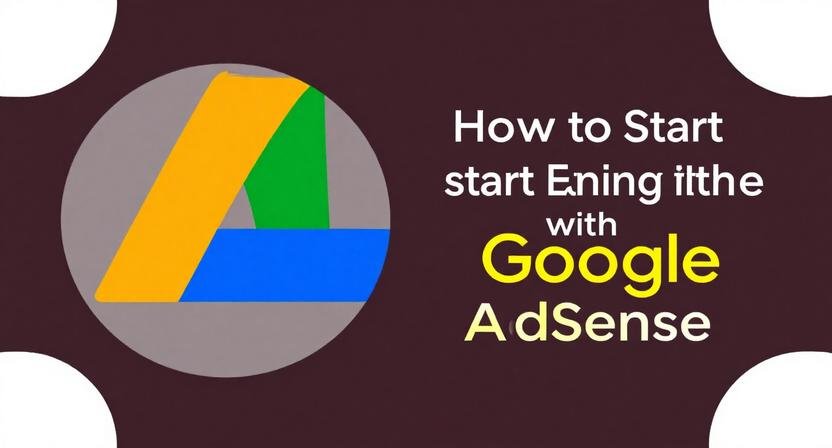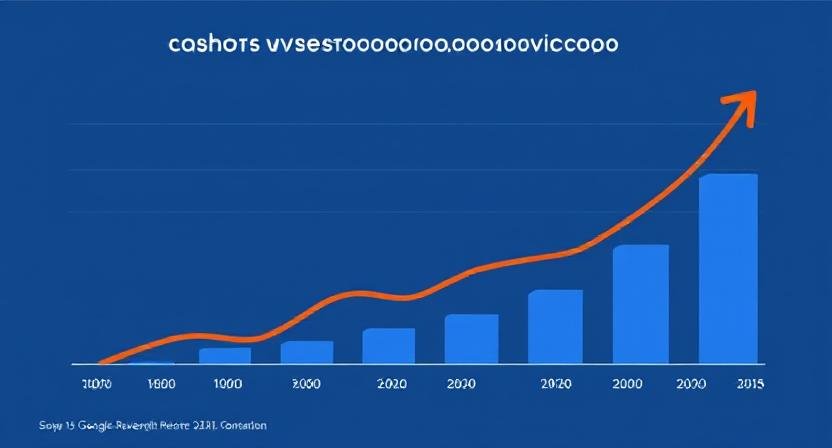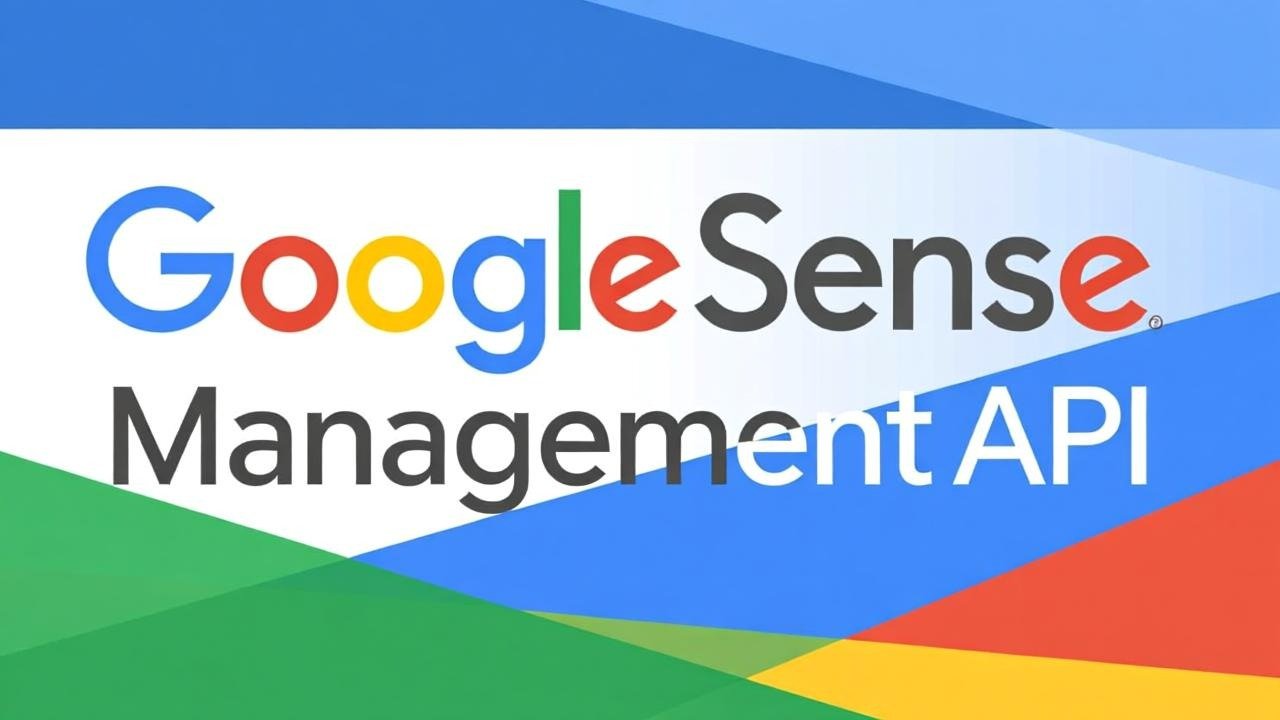If you’re a blogger, website owner, or digital content creator looking to monetize your online presence, Google AdSense remains one of the easiest and most reliable ways to earn passive income in 2025. Whether you have a personal blog, an informational site, or a niche content platform, AdSense allows you to display relevant ads to your visitors and get paid when they interact with those ads.
This comprehensive beginner’s guide will walk you through everything you need to know to start earning with Google AdSense right away, including how to set up your account, best practices for maximizing revenue, and common pitfalls to avoid.
What is Google AdSense?
Google AdSense is a free program run by Google that enables website owners to earn money by displaying targeted advertisements on their sites. These ads are relevant to the content of your pages and the interests of your visitors, thanks to Google’s sophisticated contextual targeting algorithms. As visitors view or click on ads, you earn revenue based on factors like ad placement, click-through rates (CTR), and cost per click (CPC).
Why Choose Google AdSense?
There are several reasons why Google AdSense is the preferred monetization method for millions of websites worldwide:
-
Ease of use: Setting up AdSense requires no upfront investment, and Google provides easy-to-follow steps to get started.
-
High trust: Google’s brand reputation ensures advertisers pay competitive rates, and publishers receive reliable payouts.
-
Variety of ad formats: You can choose from text, display, video, and native ads to best fit your site’s layout.
-
Automatic ad optimization: Google uses machine learning to optimize which ads appear for the best performance and revenue.
Step 1: Ensure Your Website Qualifies for AdSense
Before applying, confirm that your website meets Google’s eligibility criteria:
-
You must own the website and have full control over its content and design.
-
Your site should have original, high-quality content relevant to your audience.
-
It must comply with AdSense policies, avoiding prohibited content like adult material, copyrighted works without permission, and violent or hateful speech.
-
Your site should provide a good user experience with easy navigation on desktop and mobile devices.
-
Ideally, your site should be at least 6 months old with a reasonable amount of content, though Google has loosened this rule in some regions.
Step 2: Create a Google AdSense Account
Once your website qualifies, create an AdSense account by visiting the official Google AdSense sign up page. You’ll need a Google account to register. During sign-up, provide your website URL, and specify your payment and tax information accurately to avoid payout issues.
Step 3: Add AdSense Code to Your Website
After approval, you’ll receive a code snippet from Google that needs to be inserted into your website’s HTML. You can place this in your site’s header, footer, or directly in posts; many CMS platforms like WordPress have plugins or settings for easy integration. Google will then serve contextually relevant ads on your site, and you can start tracking your earnings in the AdSense dashboard.
Step 4: Optimize Ad Placement and Types
Ad placement plays a crucial role in maximizing your AdSense earnings. Follow these tips for better ad performance:
-
Place ads above the fold or near high-traffic areas like within articles or sidebars.
-
Experiment with different ad formats like responsive display ads that adapt to various screen sizes.
-
Avoid overwhelming users with too many ads, which may lead to poor user experience and reduced traffic.
-
Use heatmaps or analytics tools to identify where visitors spend the most time and clicks.
Step 5: Drive Quality Traffic to Your Site
To increase AdSense revenue, focus on attracting targeted visitors who are likely interested in your content and ads. Some effective traffic generation strategies include:
-
Publishing SEO-optimized, evergreen content targeting long-tail keywords with commercial intent.
-
Leveraging social media platforms to promote blog posts and engage readers.
-
Guest posting on related websites to build backlinks and referral traffic.
-
Building an email list to bring repeat visitors who are more likely to click ads.
Common Mistakes to Avoid with Google AdSense
New AdSense publishers often face challenges that keep them from reaching their full earning potential. Avoid these pitfalls:
-
Don’t click your own ads or encourage others to do so, as this violates Google’s terms and can lead to account suspension.
-
Avoid placing ads on pages with little or duplicate content, as this reduces user engagement and ad earnings.
-
Resist the temptation to use excessive ads; balancing ads with content helps maintain good user experience and comply with policies.
-
Don’t ignore mobile optimization; a significant share of traffic comes from mobile devices, and poor mobile UX can lower ad revenue.
Read More: How to Balance Content Quality and Quantity for Optimal Google AdSense Earnings in 2025
Final Tips for Long-Term Success
To sustain and grow your AdSense income, be patient and consistently deliver valuable content that fulfills your audience’s needs. Monitor your AdSense reports regularly to understand which content performs best and refine your strategies accordingly.
Google AdSense remains a powerful way to monetize your website, but success requires combining monetization tactics with strong SEO and user-focused content marketing.










